Opening up opportunities for vocational training institutions
Resolution 71-NQ/TW of the Politburo on breakthroughs in education and training development clearly states the viewpoint: Education and training must ensure "learning goes hand in hand with practice", "theory is closely linked to practice", "school is closely linked to society". In particular, preschool and general education are the foundation for personality formation, development of learners' qualities and capacities; while vocational education plays a key role in developing a highly skilled workforce.
Dr. Dang Minh Su - Principal of Global Polytechnic College ( Da Nang City) said that these orientations are the compass for the development of vocational education. This is not just a slogan but a strategic approach to create human resources with practical capacity, meeting the needs of the labor market.
“This has a positive meaning, improving the quality of labor. When students practice a lot, they will accumulate practical skills and work effectively right after graduation. Enterprises increasingly value candidates with practical experience, so education linked to practice will help graduates have a great competitive advantage in the job market,” Dr. Dang Minh Su shared.
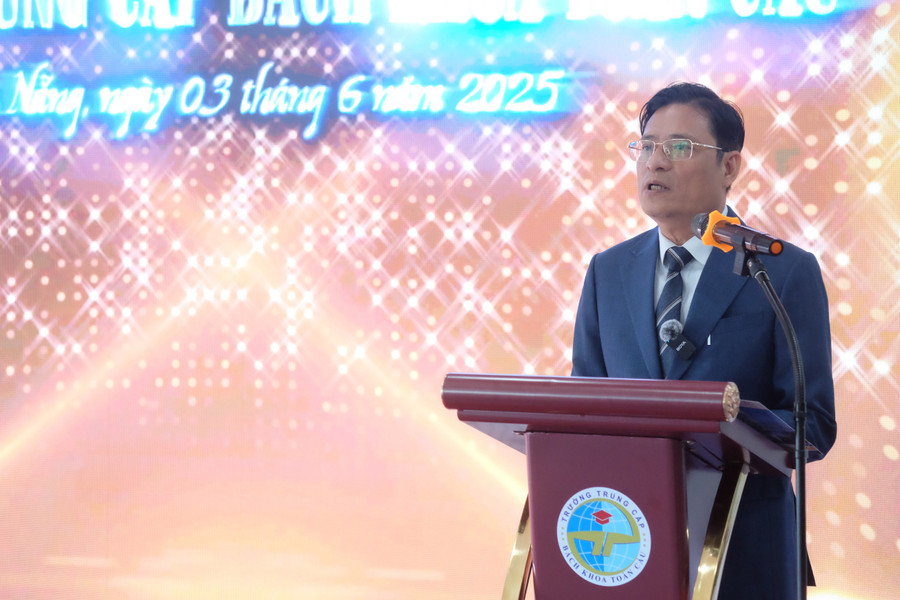
This orientation also promotes close connections between schools and businesses, helping the training program to always be updated and in line with industry trends. In recent times, Toan Cau Polytechnic College has persistently implemented a practical training program, in which practice time accounts for up to 70% of the total duration. The school has established a network of more than 100 partner businesses, creating conditions for students to intern and work during their studies.
In parallel, the school also invests in modern practice rooms and production workshops, simulating real working environments so that students can become familiar with new machinery and technology.
According to Dr. Dang Minh Su, Resolution 71 not only opens up opportunities but also sets out responsibilities for vocational training institutions in training high-quality human resources. The goal of the Resolution is that by 2030, Vietnam will have human resources that meet the requirements of modern industry and international integration.
This is both a challenge and an opportunity for secondary schools and colleges, including Global Polytechnic College. The demand for highly skilled human resources, especially in the field of engineering and technology, is increasing rapidly from both domestic and foreign enterprises. This is an opportunity for the school to expand its scale and improve the quality of training.
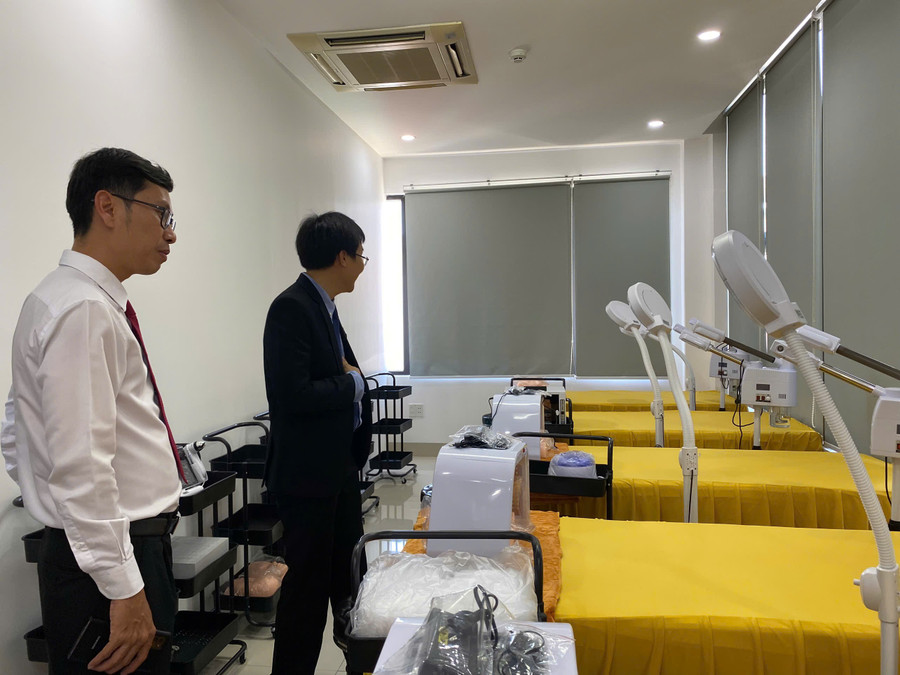
“Resolution 71 has enhanced the role of vocational education, helping secondary schools and colleges receive more attention and investment from the State and society. Therefore, vocational education must be responsible for updating training programs and training teaching staff in both professional and practical skills. At the same time, promote international cooperation to standardize programs, exchange experiences and issue international certificates,” Dr. Dang Minh Su emphasized.
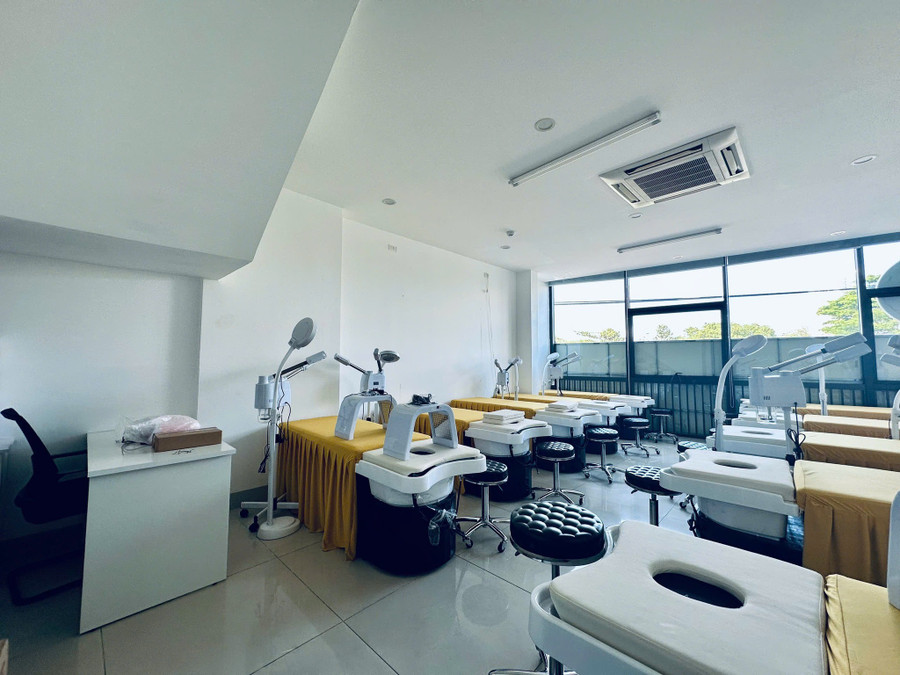
The reorganization of the vocational education system towards streamlining, efficiency and prioritizing investment in high-quality facilities also brings many advantages. The State can concentrate resources, avoid waste, and form "locomotives" to lead development. Schools selected for investment will have the opportunity to comprehensively improve from facilities, teaching staff to training programs, thereby increasing prestige and attractiveness to learners.
For Global Polytechnic College, one of the units with good training quality, closely linked with businesses, this is an opportunity to continue to innovate, expand scale and affirm its position on the map of vocational education in Vietnam.
Creating motivation to form a highly skilled workforce
A new point in Resolution 71 is the model of “Vocational secondary school equivalent to high school”. This is considered a breakthrough, bringing many advantages and creating a strong motivation to form a team of highly skilled workers.
This model helps students to stream early, orienting their careers right from high school, avoiding the situation of graduating from high school but not yet having a clear direction. At the same time, students can study both general education and vocational training, saving time and money; after graduation, they can go to work immediately or continue their studies at college or university.
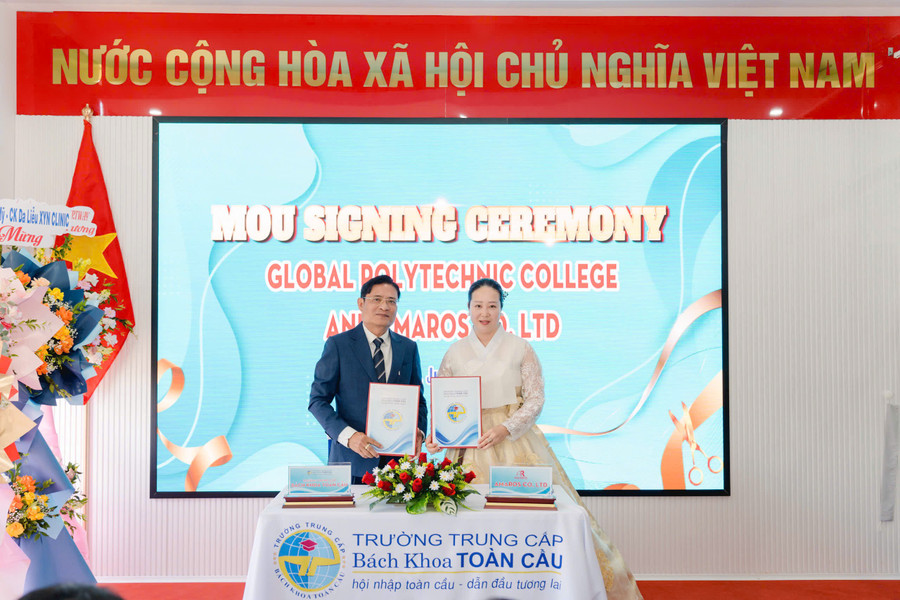
The curriculum is designed to combine culture and profession, helping students have both a solid theoretical foundation and good practical skills. “This model creates a clear path for talented students with a passion for the profession, encouraging them to comprehensively develop both cultural knowledge and professional skills, contributing to the formation of a young, highly skilled workforce to meet the needs of the economy,” said Dr. Dang Minh Su.
Prioritizing budget allocation for training highly skilled human resources, especially in technical and technological fields, also creates a strong motivation for vocational schools. Facilities will have more resources to invest in modern equipment, improve teaching quality, and develop a team of good lecturers, closely linked to business practices.
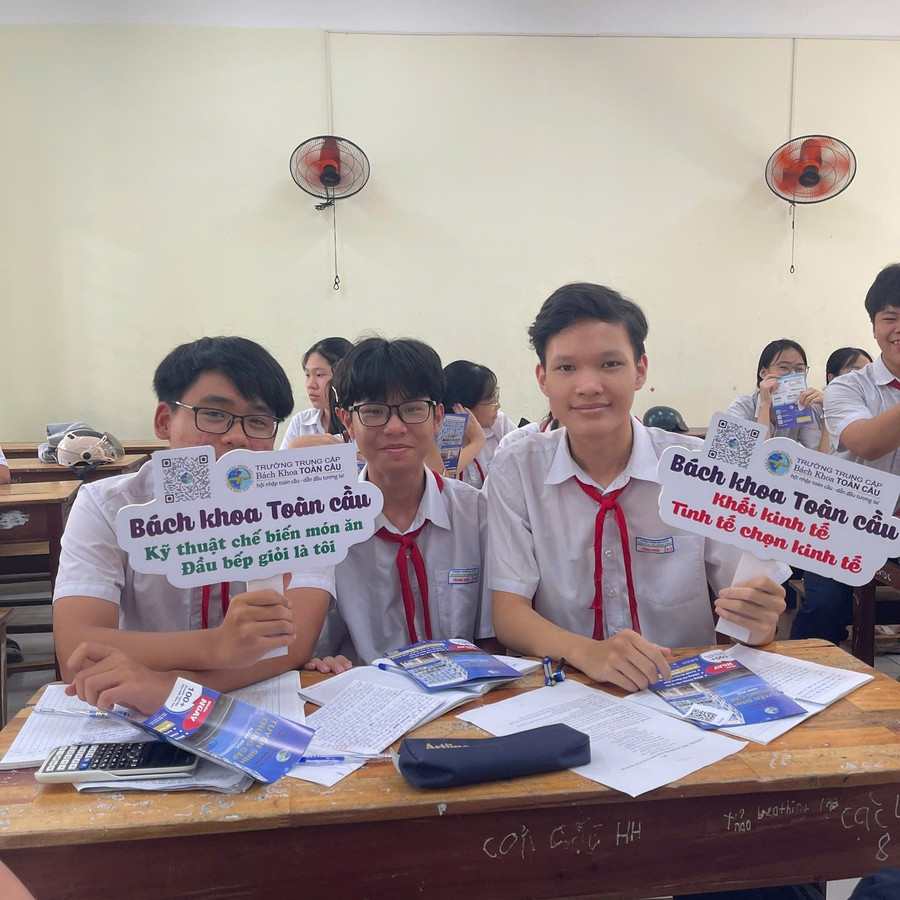
“At Global Polytechnic College, with its strengths in engineering and technology, the school has many opportunities for priority investment. This is a favorable condition to expand training in new fields such as automation, information technology..., contributing to improving the quality and scale of training, better meeting the needs of the labor market,” Dr. Dang Minh Su affirmed.
Source: https://giaoducthoidai.vn/nghi-quyet-71-giup-nang-cao-vai-tro-cua-giao-duc-nghe-nghiep-post748487.html


![[Photo] Many streets in Hanoi were flooded due to the effects of storm Bualoi](https://vphoto.vietnam.vn/thumb/1200x675/vietnam/resource/IMAGE/2025/9/29/18b658aa0fa2495c927ade4bbe0096df)
![[Photo] General Secretary To Lam receives US Ambassador to Vietnam Marc Knapper](https://vphoto.vietnam.vn/thumb/1200x675/vietnam/resource/IMAGE/2025/9/29/c8fd0761aa184da7814aee57d87c49b3)
![[Photo] National Assembly Chairman Tran Thanh Man chairs the 8th Conference of full-time National Assembly deputies](https://vphoto.vietnam.vn/thumb/1200x675/vietnam/resource/IMAGE/2025/9/29/2c21459bc38d44ffaacd679ab9a0477c)

![[Photo] General Secretary To Lam chairs the meeting of the Central Steering Committee on preventing and combating corruption, waste and negativity](https://vphoto.vietnam.vn/thumb/1200x675/vietnam/resource/IMAGE/2025/9/29/fb2a8712315d4213a16322588c57b975)
![[Photo] General Secretary To Lam attends the ceremony to celebrate the 80th anniversary of the post and telecommunications sector and the 66th anniversary of the science and technology sector.](https://vphoto.vietnam.vn/thumb/1200x675/vietnam/resource/IMAGE/2025/9/29/8e86b39b8fe44121a2b14a031f4cef46)






























































































Comment (0)